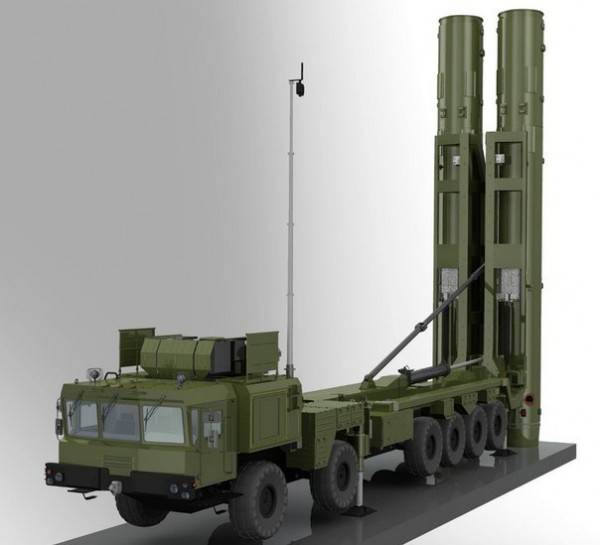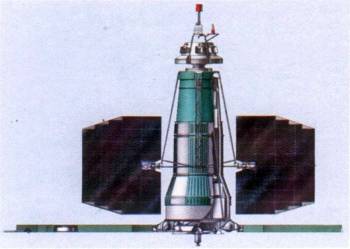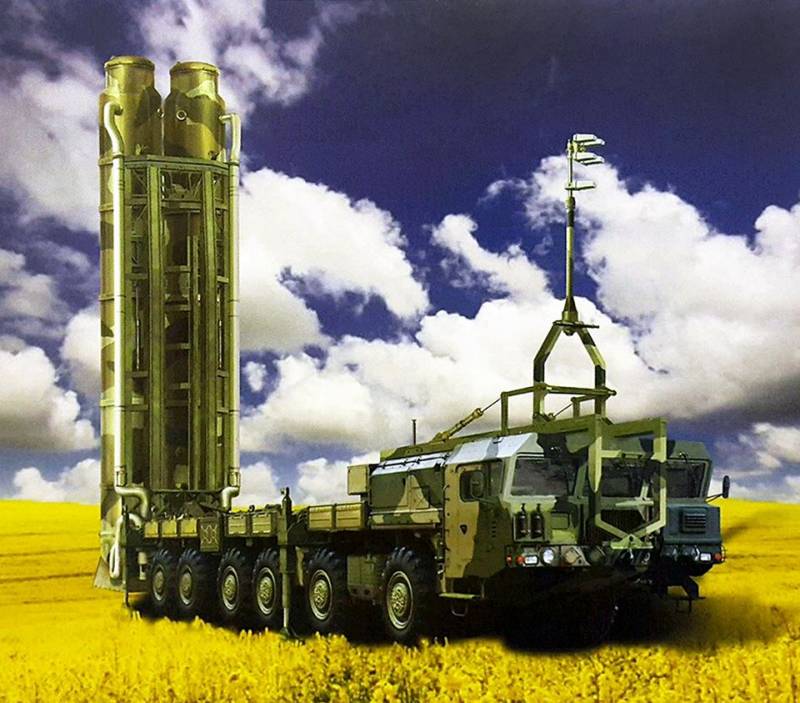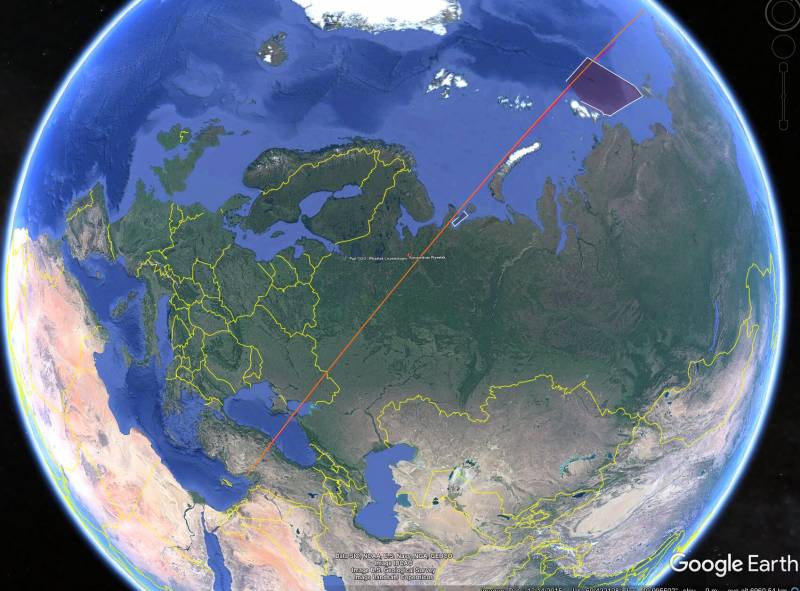"Nudol" versus "Virgin". Tests of the Russian anti-satellite complex
On November 15, tests of a promising domestic anti-satellite complex with firing at a real orbital target took place. There is still little official information about this event, and most of the available information is speculative. Nevertheless, in this case, the tests attracted attention, and also once again became a reason for criticism from third countries.
Latest news
The first reports of the tests appeared on November 15 in the American press. Referring to the US Space Force, various publications wrote that Russia had tested a certain anti-satellite missile system, during which it attacked an old and out of order satellite. The direct intercept munition successfully hit the target, as a result of which a certain amount of debris was formed in orbit.
Soon, an official statement by the US State Department was released, in which the tests were called reckless and destructive. The State Department claims that as a result of the interception of the satellite in orbit, more than 1500 debris were formed, which in the future could crumble into hundreds of thousands of smaller fragments. All of this is said to pose a danger to space projects of all countries. In addition, the United States did not forget to accuse Russia of intending to militarize space.
Official information appeared the next day, November 16. The Russian Defense Ministry reported on the successful defeat of the orbital target, which was the inoperative Celina-D satellite, which had flown since 1982. The agency confirmed that a certain amount of debris had formed when the device was hit. They still remain in orbit, but do not pose a threat to the ISS or active satellites. In this case, all the fragments are taken for accompaniment and will be tracked until they cease to exist.

Then the latest events were commented on by the Russian Ministry of Foreign Affairs. His message indicates that the tests were carried out as part of the planned activities of the armed forces. They fully comply with all international agreements and norms and are not directed against any country. In addition, the Foreign Ministry reminds that the Russian defense doctrine does not provide for the achievement of military superiority in outer space, in contrast to the corresponding documents of the United States. In this regard, it is proposed to start developing new agreements on limiting the arms race in outer space.
Technical aspects
The Russian Ministry of Defense does not specify the details of the recent tests, and the foreign press is trying to do it for him. From foreign data, it follows that on November 15, the next tests of the promising anti-space defense complex "Nudol", also known as 14Ts033, took place.
From 2014 to 2020, American government agencies and the media reported on nine test launches of this complex. The recent shootings were already the tenth in the overall series of tests and the first this year. At the same time, for the first time, the launch was carried out not at a calculated point in space, but at a real target - due to which the test launch was as similar as possible to real combat use.
It is believed that to intercept orbital targets, the Nudol complex should use a specially designed missile with a combat stage in the form of a homing kinetic interceptor. The missiles are transported on a self-propelled launcher. The complex operates under the control of its own command-computing center and can receive its own target detection equipment.
As reported, the target for the anti-satellite missile of the new type was the apparatus "Kosmos-1408". It was an 11F619 Tselina-D electronic reconnaissance satellite, launched back in September 1982. For several years, it collected data on the activities of a potential enemy, but then it ran out of service, turned off and has been inactive until now. According to various sources, recently "Cosmos-1408" was in orbit up to 500-550 km high.
Thus, recent tests have shown the ability of the new domestic complex to solve rather complex combat missions. He, with the help of his own or third-party means, found and escorted a target at a considerable height, after which he launched an interceptor missile. The latter successfully entered the meeting area with a target, aimed at it and struck, probably with a direct hit.
Particularly important development
Increased attention to the latter news quite understandable. A promising anti-satellite complex is of great importance for our defense, and in addition, it is capable of confusing the plans of a potential adversary. It is important that the Ministry of Defense is now openly talking about the presence of such a sample and about its testing. Previously, such news came only from abroad, and their veracity could be in doubt.
The performance characteristics of the new complex have not yet been disclosed. However, the known features of the latest tests allow us to draw some conclusions and assumptions. So, the complex is made mobile, and the launcher can be quickly transferred to a given area. Also shown is the fundamental possibility of hitting an orbital target at altitudes of approx. 500-550 km. At the same time, it cannot be ruled out that in the latest firing, far from the full potential of the interceptor missile was used.

At least a significant part of the military satellites of a potential enemy falls into the zone of destruction of the Nudol complex. For example, the American KH-11 series vehicles are in orbits from 260 to 1000 km and could theoretically be hit by a new Russian missile. The mobile version of the complex, in turn, will allow the launch at the right time and from the optimal area.
The resulting complex, as the Foreign Ministry justly notes, does not violate international agreements on weapons in outer space. The interception of an orbital target is carried out by a ground-based missile and without the deployment of any combat assets in space. At the same time, the complex is able to help comply with agreements, because hypothetical armed satellites are also among its potential targets.
First in the world
The Nudol anti-satellite missile system has been undergoing tests over the past several years, and has now reached the point of firing at a real target in orbit. In addition, the Ministry of Defense no longer hides the existence of this project and the testing.
All this shows a high level of readiness of the project and may indicate that in the near future the new complex will be put into service. Accordingly, in the next few years, our air and missile defense system will receive fundamentally new combat capabilities and all the attendant advantages.
It should be noted that similar anti-satellite systems already exist abroad, which have been tested by real shooting. In 2007-2008. China and the United States tested their missiles, and in 2019 similar tests took place in India. However, new tests of Chinese, American and Indian missiles have not been carried out, and the current status of these projects is unknown. At the same time, the situation around the Russian complex is gradually clearing up, and in an exclusively positive way.
- Ryabov Kirill
- www.bmpd.livejournal.com, Bastion-karpenko.ru


Information